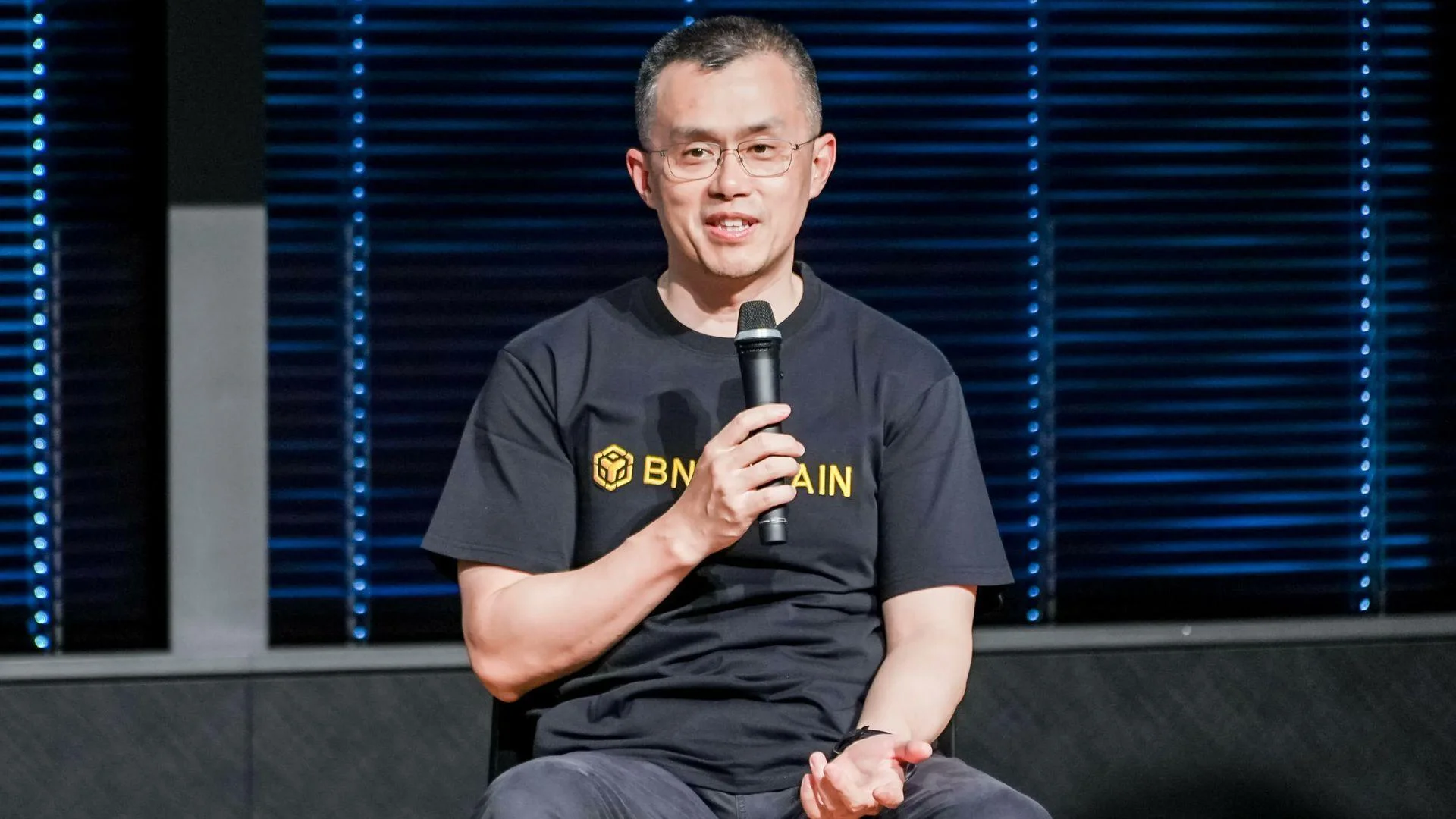Changpeng Zhao, founder of Binance, said that the exchange plays a dominant role in stablecoin distribution worldwide, with broad implications for global access to dollar-backed assets. This statement was made during an interview.
"Binance processes roughly 70% of the world's stablecoin trading volume, which makes us the most important distribution channel for stablecoins in the industry," said Zhao. "We decided to support USDT as a “safe harbor” when markets were down. Many users in Asia needed U.S. dollars but found it difficult to open USD accounts directly; USDT provided an alternative. It's worth emphasizing that when BUSD was shut down, all user funds were fully redeemed—clear proof that BUSD was compliant, transparent, and safe."
The concept of stablecoins emerged around 2014 as cryptocurrency assets pegged to fiat currencies—most commonly the U.S. dollar—to reduce volatility and enable smoother trading experiences. Over the next decade, these digital assets evolved from niche crypto utilities to mainstream financial infrastructure, prompting global regulatory engagement. The United States enacted the GENIUS Act in July 2025, establishing a federal framework requiring full-reserve backing, transparency, and anti-money-laundering compliance. Meanwhile, the European Union implemented the Markets in Crypto-Assets (MiCA) regulation, and Hong Kong passed its Stablecoins Bill. These developments reflect growing governmental efforts to balance innovation with oversight and maintain global dollar dominance.
According to industry data from Q2 2025, the stablecoin sector processed approximately $8.9 trillion in transaction volume globally, underscoring its expansive role in modern finance beyond crypto trading. During the same period, the total stablecoin market capitalization exceeded $230 billion, highlighting dramatic growth in both value and utility. These figures indicate stablecoins' growing integration into cross-border payments, decentralized finance (DeFi), and real-world asset tokenization.
From 2017 to 2025, Tether (USDT) maintained strong leadership in market capitalization, reaching approximately $162 billion by mid-2025. USD Coin (USDC) also grew significantly to about $64 billion over the same period—a notable increase in adoption. Meanwhile, Binance USD (BUSD) saw its market cap decline sharply to around $1.6 billion, dropping to ninth place behind newer entrants such as FDUSD and PYUSD. These shifts illustrate a consolidation around USDT and USDC as dominant dollar-pegged tokens.
Zhao is a Chinese-born Canadian entrepreneur who founded Binance in 2017 after notable roles at Blockchain.info and OKCoin. Under his leadership, Binance rapidly grew into the world’s largest cryptocurrency exchange by trading volume, altering the landscape of digital asset trading. His technical acumen and strategic vision have been central to broader crypto-ecosystem development through innovations like Binance Coin and global exchange infrastructure.
Binance Holdings Ltd., founded by Zhao and Yi He in July 2017, aimed to offer a fast and user-friendly cryptocurrency exchange. The company quickly rose to global prominence as the world’s largest crypto exchange by daily trading volume while expanding into services such as futures trading, staking, and an NFT marketplace. Although originally based in China, Binance relocated operations through Japan and Malta and currently operates without a formal headquarters while serving users worldwide.

